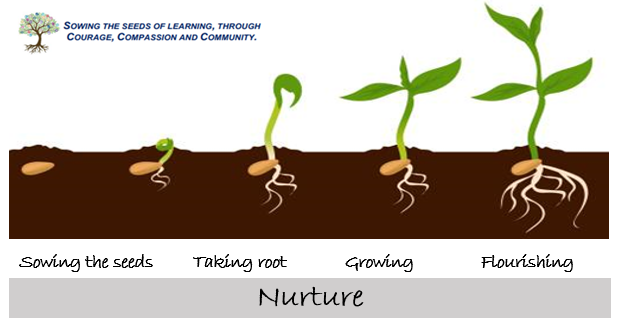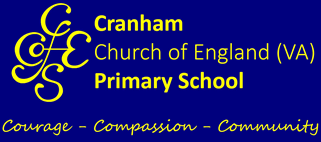Reading Implementation: How we teach and learn...

Here at Cranham C of E Primary, we support all children to learn to read through consistent teaching and learning approaches and regular monitoring and assessment, along with a joint commitment between school and home. Teachers draw upon careful observations and continuous assessment to ensure children are challenged and to identify children who may need additional support. Timely intervention is planned for those children working below expected levels as soon as their needs are identified. All children have the opportunity to regularly read aloud during phonics or whole class reading. In addition, many pupils read daily with a teacher, teaching assistant or reading volunteer, with our focus on KS1, disadvantaged children and those who need extra support in KS2.
How we teach Early Reading:
Reading aloud and reading for pleasure are part of daily life. ‘Story time’ in Reception is joyful. Every opportunity is taken to teach children new vocabulary and encourage curiosity. (Ofsted May 2024)
Pupils start Jolly Phonics when they enter Reception. The sessions are daily and we re-assess children every half term so we can place them in a group where they will make the most progress. One to one or very small group sessions may be provided for some children. Staff may also make time to revisit key sounds/words at incidental points throughout the day throughout EYFS and Key Stage 1. Jolly Phonics is presented in a simple but exciting format so that pupils can learn how to read and write sounds with fluency. First we teach pupils the different pictures and actions that relate to the sounds in the programme. This is introduced in Reception so that pupils are familiar with the images in preparation for further learning. This is followed by learning one way to read and write the first 40+ sounds in English, using the pictures and actions to help identify the different sounds.
Teaching reading in KS1 and KS2:
In class we read in a variety of ways.
- We read to the children daily. We choose a selection of challenging and well recognised titles appropriate to their age. These give them an insight into stories that may be beyond their personal reading ability. Our class reading texts are usually linked to our topic and are often used as inspiration for our writing.
- Children read individually and are frequently heard reading individually by their class teacher, teaching assistants and volunteers.
- Both KS1 and KS2 children experience whole class teaching of reading. Extracts may be linked to the class text, the class topic, or foundation subjects, or they may be entirely unrelated; we ensure the children are exposed to a range of genres and text-types. However, we aim to use the same extract for our Reciprocal Reading on a Monday and Reader's Theatre on a Tuesday, so that children really get to grips with the piece and feel familiar and confident to perform it. We want reading to be something the children really look forward to and so we try to provide variety within our teaching structure including weekly creative lessons with lots of discussion, which avoid a written outcome if possible. We ensure reading comprehension is taught once a week in readiness of the inevitable statutory testing, but we also insist that all classes have quiet reading timetabled weekly as well as book talk through Book Club.
